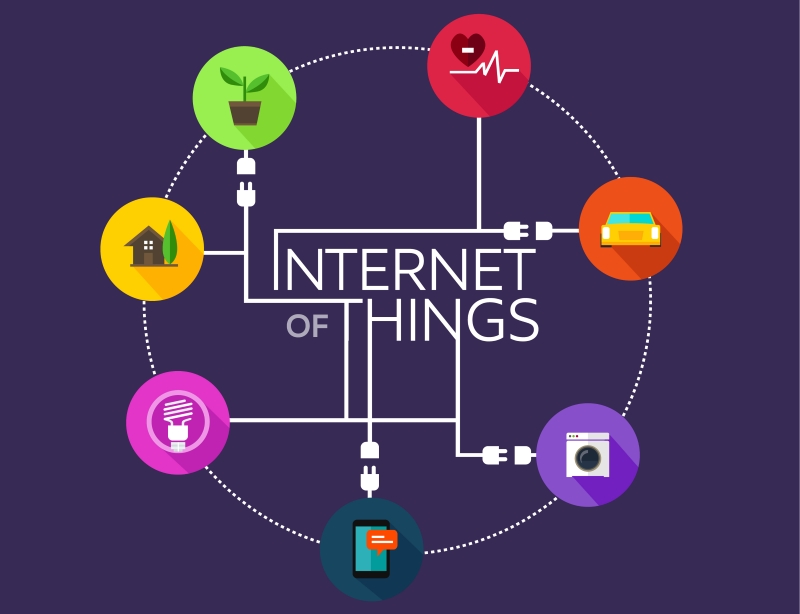If the US President Can’t Secure His IoT Devices, Can You?

People’s homes are full of cameras and microphones, which in theory allow attackers to do more than just hijack your IoT devices for a DDoS attack. The extent of IoT security problems should worry everyone, especially since many homes lack essential protection. And few service providers can offer this kind of protection.
We can easily see a security issue if someone spies on our homes with a pair of binoculars, but many people don’t bat an eye when they buy devices equipped with microphones and cameras. Phones, laptops, tablets, smart TVs, webcams, surveillance devices and smart doorbells are just a few exponents of the IoT ecosystem.
All these devices are prone to vulnerabilities that could expose the customers’ data and their private lives. Fortunately, it’s possible to protect the home with the right security tools, either as a user or as a service provider.
The most famous example of all
A fresh example perfectly showcases just how vital and flimsy IoT security is in today’s digital world. Joe Biden became the new president of the United States, a position in which you would be inclined to believe that he can do pretty much whatever he wants. Unfortunately, the poor state of IoT security places limits even on the president’s wishes.
Biden’s family owns Peloton exercising equipment, which is a great way to use their time indoors. The problem is that Peloton makes smart sporting equipment that with cameras and microphones. Those are great tools, but they also make dangerous attack vectors. While Peloton promises to take security very seriously, the company can’t guarantee security.
The immediate solution is simple. The Secret Service may deny the president the use of his Peloton equipment, at least until the agency assesses the cybersecurity risks, according to a recent report in Popular Mechanics. The long-term solution would probably require removal of the camera and microphones, but even so, the equipment remains connected to the Internet.
The point of the entire issue is clear. If the Secret Service can’t be 100% sure that it can secure this IoT device, what chance has a regular user to do it? While the president has much more critical data to protect, ordinary users should not ignore security based on a notion that no one is interested in their data.
Hope is not lost
As regular users, it’s impossible to make our homes 100% secure from a digital standpoint. The only way to do that is to disconnect the Internet entirely, but where’s the fun in that?
IoT hardware makers have a poor record in cybersecurity, leaving glaring vulnerabilities active for years, ignoring basic sanitation rules, keeping backdoors active into devices or simply forgetting to close ports. All these issues can be mitigated by ISP with the right tech, like Bitdefender’s IoT Security Platform.
This is a security solution implemented at the router level, allowing users to secure their homes with minimum effort. The platform is light on resources, which means ISPs can use it on the current generation of devices without changing hardware. Once the ISP deploys the security solution at the network level, problems with open ports, vulnerabilities and unwarranted access issues become a thing of the past.
The users’ data is always important to someone, even if it doesn’t seem like it at first glance. When we spend time researching what locks to use for the front door, we should also consider what locks to use for our digital life. And those locks should come from the ISP, first and foremost.
tags
Author

Silviu is a seasoned writer who followed the technology world for almost two decades, covering topics ranging from software to hardware and everything in between. He's passionate about security and the way it shapes the world, in all aspects of life. He's also a space geek, enjoying all the exciting new things the Universe has to offer.
View all postsRight now Top posts
FOLLOW US ON SOCIAL MEDIA
SUBSCRIBE TO OUR NEWSLETTER
Don’t miss out on exclusive content and exciting announcements!
You might also like
Bookmarks










